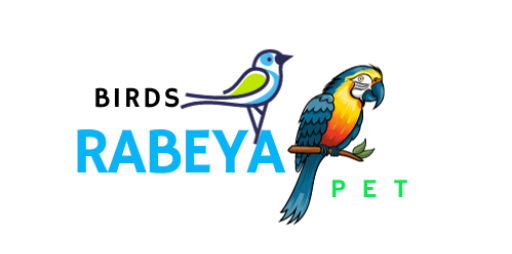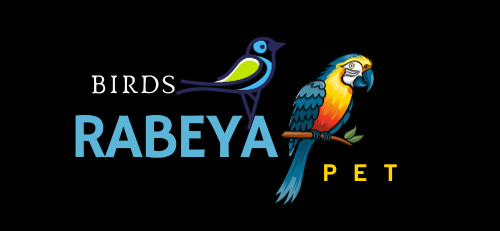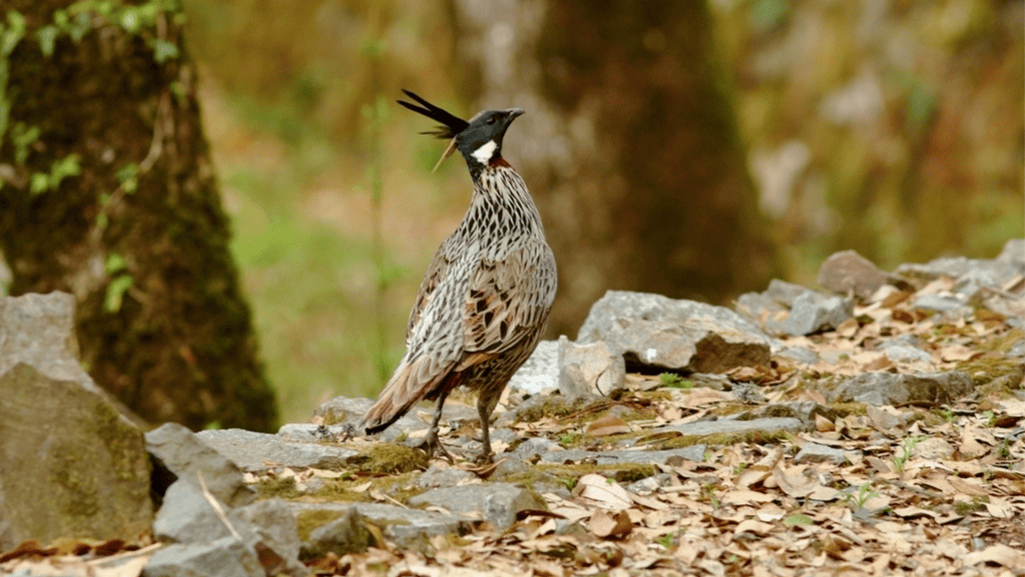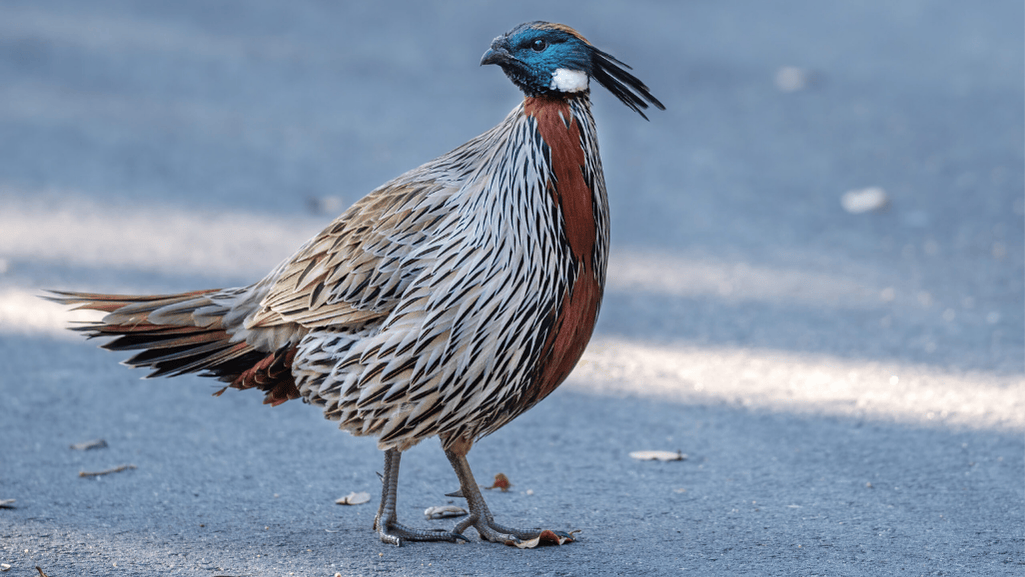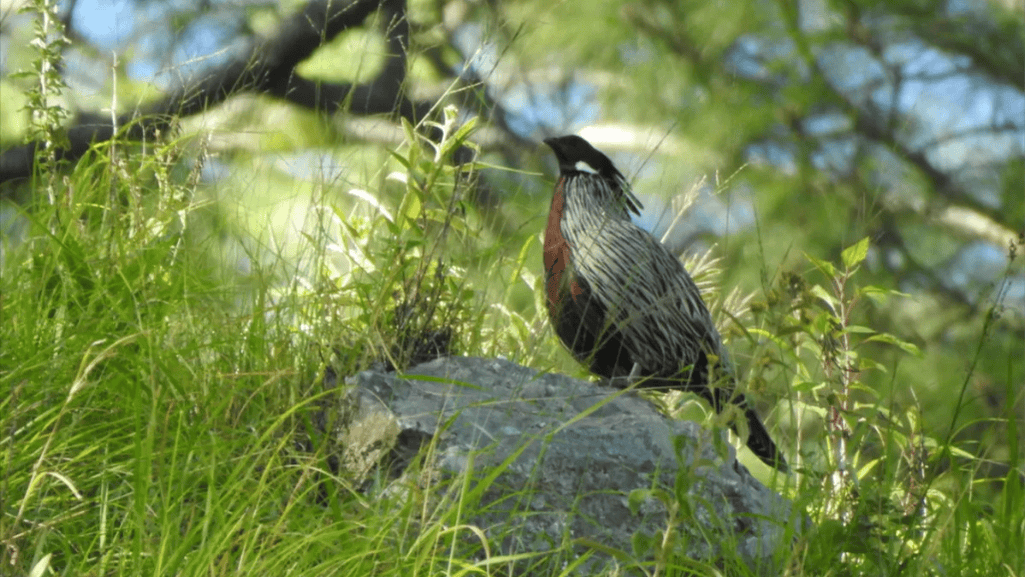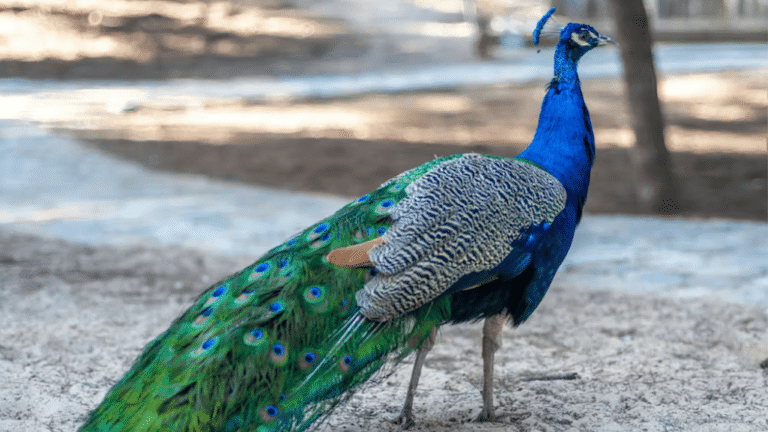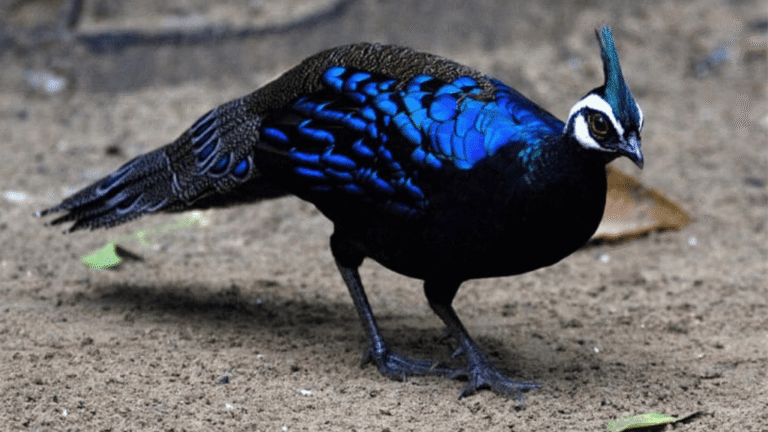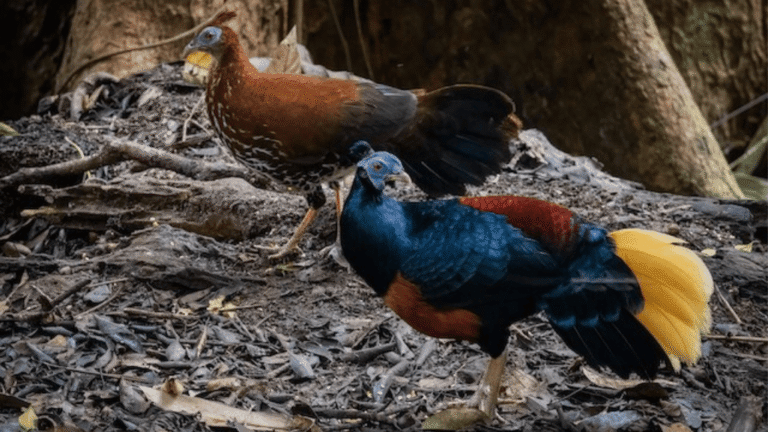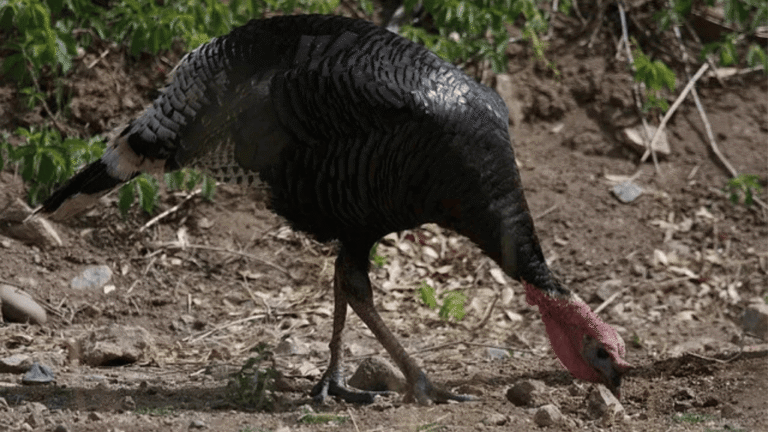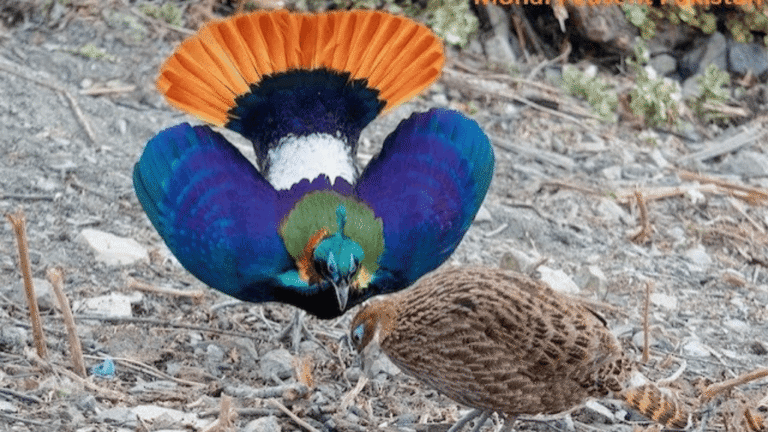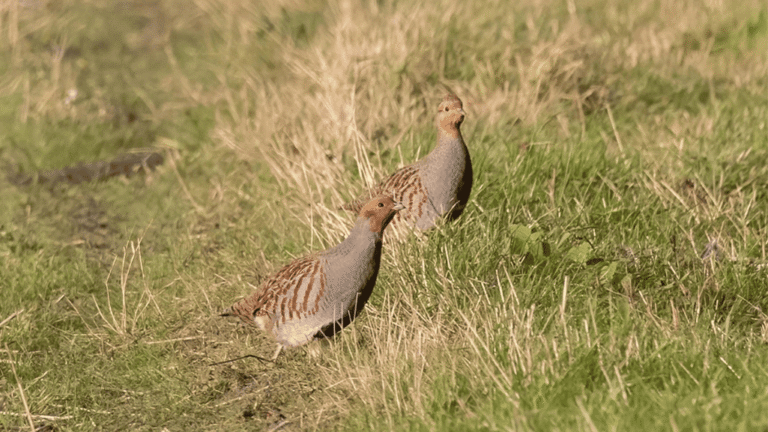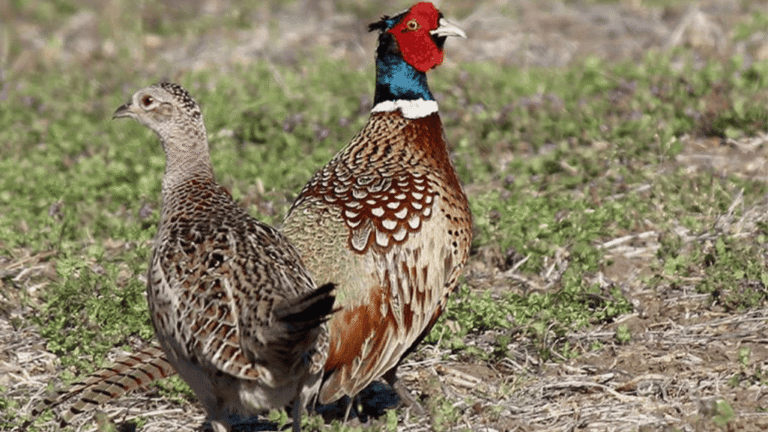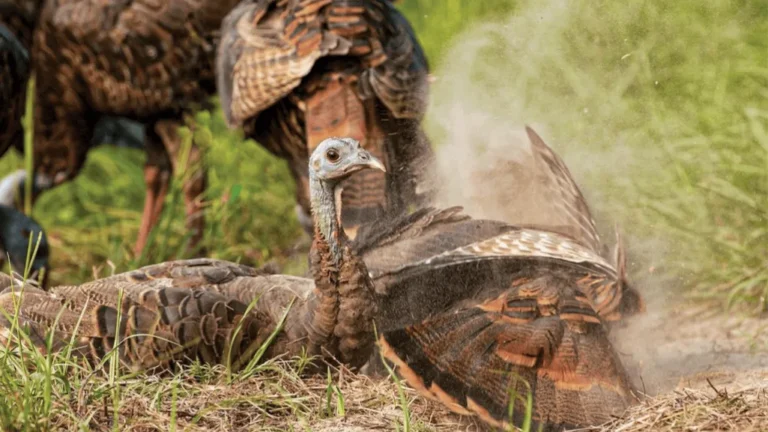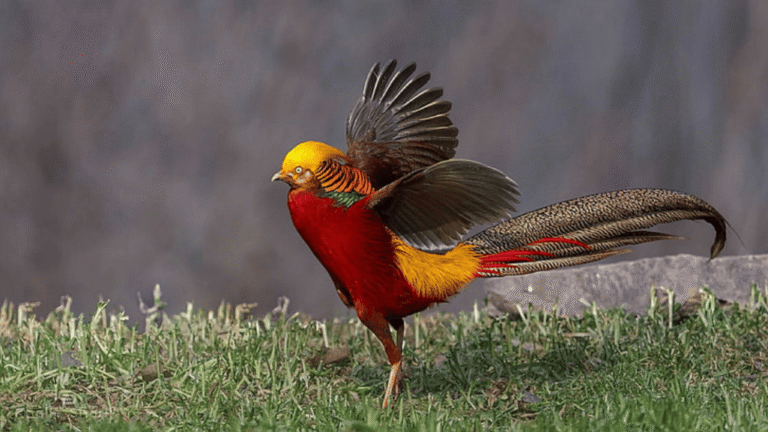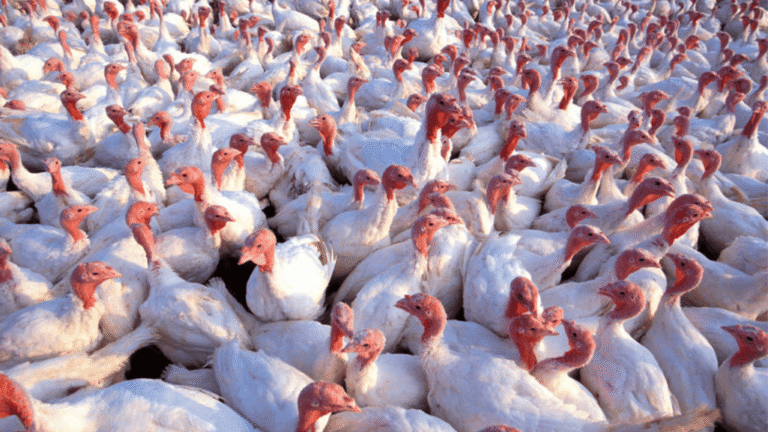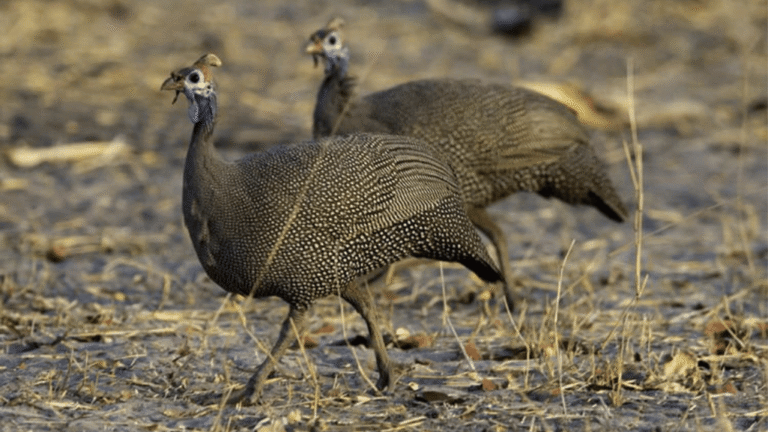The Koklass Pheasant (Pucrasia macrolopha), a remarkable bird found in the Eastern Himalayas, captures the hearts of nature enthusiasts and conservationists with its stunning plumage and elusive nature. Let’s delve into the fascinating world of the Koklass Pheasant, exploring its habitat, behavior, conservation status, and cultural significance.
Key Takeaways:
- The Koklass Pheasant is a captivating bird endemic to the Eastern Himalayas.
- It possesses intricate plumage, with the male showcasing a green head and a white cheek patch.
- The Koklass Pheasant inhabits high-altitude forests and primarily feeds on seeds, fruits, and insects.
- During the breeding season, males perform elaborate courtship rituals to attract females.
- Koklass Pheasant populations face threats from habitat degradation and hunting, necessitating conservation efforts.
Habitat and Distribution
The Koklass Pheasant, with its captivating beauty and elusive nature, is native to the high-altitude forests of the Eastern Himalayas. Spanning regions from northern India through Nepal, Bhutan, China, and Myanmar, this magnificent bird thrives in a variety of forest types, including coniferous and broadleaf forests.
Found at elevations ranging from 1,800 to 4,500 meters above sea level, the Koklass Pheasant has adapted to survive in the challenging mountainous terrain of the Eastern Himalayas. Its habitat is characterized by dense vegetation, providing cover and camouflage. This allows the Koklass Pheasant to blend seamlessly into its surroundings and avoid potential predators.
In India, the Koklass Pheasant can be observed in states such as Jammu and Kashmir, Himachal Pradesh, Uttarakhand, Sikkim, and Arunachal Pradesh. These regions boast rich biodiversity and diverse forest types that provide ideal conditions for the bird’s survival.
Forest Types
The Koklass Pheasant inhabits various forest types in the Eastern Himalayas. The availability of different forest ecosystems contributes to the bird’s adaptability and population distribution. The following are some of the forest types where the Koklass Pheasant can be found:
- Coniferous Forests: These forests, characterized by evergreen conifers such as pine, spruce, and fir trees, provide an important habitat for Koklass Pheasants.
- Broadleaf Forests: With a diverse mix of deciduous and evergreen trees, broadleaf forests offer a range of food sources and shelter for the bird.
- Subalpine Forests: Found at higher elevations, subalpine forests consist of hardy trees and shrubs that can withstand harsh weather conditions, making them suitable habitats for Koklass Pheasants.
Distribution and Population
The Koklass Pheasant’s distribution extends across the Eastern Himalayas, covering a vast geographic range. While it can be found in multiple countries, including India, Nepal, Bhutan, China, and Myanmar, its population sizes vary within each region.
Within India, the estimated population of Koklass Pheasants ranges from 10,000 to 15,000 individuals. These birds are scattered throughout the states of Jammu and Kashmir, Himachal Pradesh, Uttarakhand, Sikkim, and Arunachal Pradesh, where suitable forests provide ample resources for their survival.
The conservation efforts of various organizations and governments aim to protect the Koklass Pheasant’s habitat and ensure the long-term survival of this remarkable species in the Eastern Himalayas.
| Country | Forest Types | Elevations |
|---|---|---|
| India | Coniferous, Broadleaf, Subalpine | 1,800 to 4,500 meters |
| Nepal | Coniferous, Broadleaf | 1,800 to 4,500 meters |
| Bhutan | Coniferous, Broadleaf, Subalpine | 1,800 to 4,500 meters |
| China | Coniferous, Broadleaf, Subalpine | 1,800 to 4,500 meters |
| Myanmar | Coniferous, Broadleaf | 1,800 to 4,500 meters |
Plumage and Characteristics
The male Koklass Pheasant is adorned with a captivating plumage that blends shades of grays, browns, and blacks. Its most distinguished features include an iridescent green head, a white cheek patch, and a regal white neck band, which adds to its majestic appearance. On the other hand, the female Koklass Pheasant boasts a more cryptic plumage, intricately barred with shades of browns, aiding in camouflage within its natural environment.
Koklass Pheasants are medium-sized birds, measuring approximately 60-70 centimeters in length. They weigh between 700-1100 grams, exhibiting a robust physique. Their strong legs and well-developed claws enable them to forage efficiently on the forest floor, utilizing their adaptations to thrive in their habitat.
Distinctive Features:
- Iridescent green head
- Prominent white cheek patch
- Regal white neck band (male)
- Intricately barred plumage (female)
- Medium-sized, measuring 60-70 centimeters in length
- Weighing between 700-1100 grams
- Strong legs and well-developed claws for efficient foraging
Breeding and Behavior
In the world of Koklass Pheasants, the mating season is a time of elaborate courtship rituals and dedicated care. From April to August, the males put on captivating displays to attract potential mates. They fluff their intricate plumage, erect their striking white neck bands, and emit resonant calls that reverberate through the forest.
Once a connection is formed, the female Koklass Pheasant takes on the responsibility of creating a safe and concealed nesting site. She constructs a discreet ground-level nest hidden amidst dense foliage or beneath rocks. The chosen location provides protection and camouflage for the next crucial stage of the reproductive process.
Within the safety of the nest, the female lays a clutch of 6 to 12 eggs. These eggs are carefully incubated by the female for approximately three weeks. During this time, she dedicates herself to maintaining the ideal conditions necessary for the development and hatching of the eggs.
While the male’s role in incubation is limited, he assumes the duty of protecting the nest and its surroundings. With vigilance, he wards off potential threats and ensures the safety of the precious eggs and the future generation of Koklass Pheasants.
Although Koklass Pheasants generally live solitary lives, during the breeding season, they may form pairs in their quest for successful reproduction. Together, they navigate the challenges of courtship, nesting, and incubation, contributing to the perpetuation of their species in the awe-inspiring landscapes they call home.
Conservation Status
The Koklass Pheasant, despite not currently being globally endangered, faces threats to localized populations within its range. The primary challenges include habitat degradation caused by agriculture and logging, as well as occasional hunting for meat and feathers.
To safeguard the future of the Koklass Pheasant and protect its unique biodiversity, conservation entities and regional governments in the Himalayas have undertaken preservation efforts. These initiatives encompass:
- Habitat Restoration: Restoration projects aim to reverse the effects of habitat degradation and create suitable environments for Koklass Pheasants to thrive. This involves reforestation, erosion control measures, and the preservation of critical habitat areas.
- Protected Zones: The establishment of protected areas and national parks ensures the conservation of Koklass Pheasant habitats. These designated zones prohibit hunting, logging, and other activities that could harm the species and its ecosystem.
- Awareness and Education: Raising awareness about the importance of conserving the Koklass Pheasant and its habitat is crucial for long-term preservation. Education campaigns and community involvement help foster a sense of responsibility and encourage sustainable practices.
By actively engaging in these preservation endeavors, stakeholders aim to secure a positive future for the Koklass Pheasant and ensure that this majestic bird continues to grace the Eastern Himalayas with its presence.
Preservation efforts are crucial to protect the Koklass Pheasant and its unique biodiversity.
Symbolism and Cultural Significance
The Koklass Pheasant holds a deep cultural significance in the regions where it inhabits. In many cultures, this majestic bird is revered as a symbol of beauty, grace, and resilience. Its elegant plumage and regal appearance have captured the imagination of artists, who have featured it in traditional art forms, such as paintings and sculptures. The Koklass Pheasant’s presence in folklore and mythology further highlights its importance and represents the rich natural heritage of the Himalayas.
With its elusive nature and the mystique surrounding it, the Koklass Pheasant has become a source of fascination and intrigue. The bird’s symbolism extends beyond its physical attributes, representing the harmonious coexistence between humans and the natural world. Its presence reminds us of the need to protect and preserve the delicate ecosystems of the Eastern Himalayas.
Conclusion
The Koklass Pheasant is a captivating bird that embodies the enchanting biodiversity of the Eastern Himalayas. With its stunning plumage, unique adaptations, and cultural significance, it is truly a gem of nature. This magnificent bird’s iridescent green head, white cheek patch, and regal features make it a sight to behold.
While the Koklass Pheasant faces challenges in localized populations, efforts are underway to preserve its habitat and raise awareness about its conservation. Habitat degradation and hunting pose threats to this majestic mountain jewel, but conservation entities and regional governments are taking measures to protect it. Restoration of habitats, the establishment of protected zones, and education about the importance of conserving the Eastern Himalayan biodiversity are all essential in ensuring the future survival of the Koklass Pheasant.
By cherishing and protecting the Koklass Pheasant and its high-altitude habitats, we can safeguard the splendor of this bird for generations to come. Let us celebrate this captivating creature and work together to preserve the enchanting biodiversity of the Eastern Himalayas.
FAQ
What is the habitat of the Koklass Pheasant?
Koklass Pheasants inhabit high-altitude forests in the Eastern Himalayas, including coniferous and broadleaf forests, at elevations ranging from 1,800 to 4,500 meters above sea level.
What is the diet of the Koklass Pheasant?
The Koklass Pheasant primarily feeds on seeds, fruits, and insects.
How does the male Koklass Pheasant attract females during the breeding season?
Males perform elaborate courtship rituals, which include fluffing their plumage, erecting their white neck bands, and emitting resonant calls.
Where does the female Koklass Pheasant lay its eggs?
The female constructs a discreet ground-level nest concealed in dense foliage or beneath rocks.
What is the conservation status of the Koklass Pheasant?
The Koklass Pheasant is not globally endangered, but localized populations face threats from habitat degradation and hunting.
Why is the Koklass Pheasant culturally significant?
The Koklass Pheasant holds cultural significance in the regions it inhabits and is seen as a symbol of beauty, grace, and resilience. It has been featured in traditional art and folklore, representing the rich natural heritage of the Himalayas.
